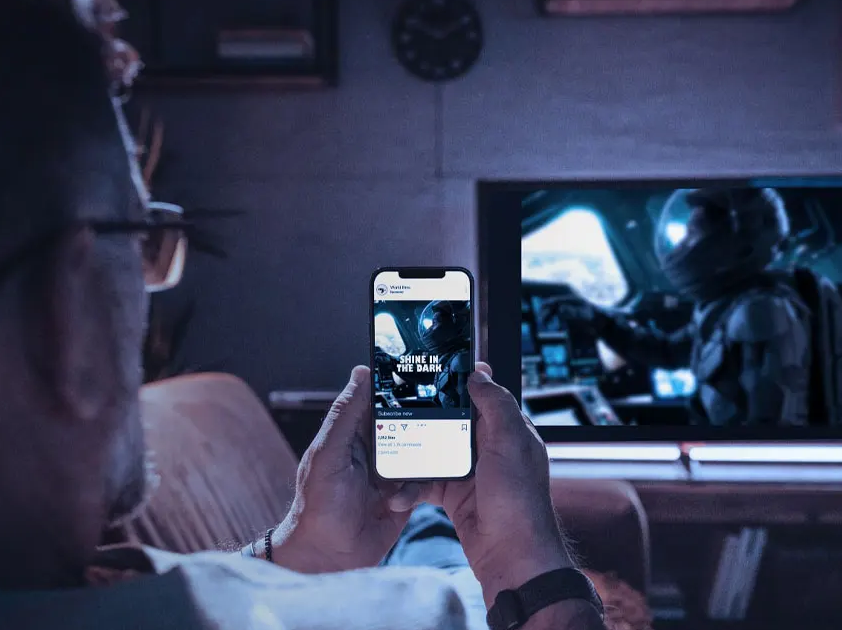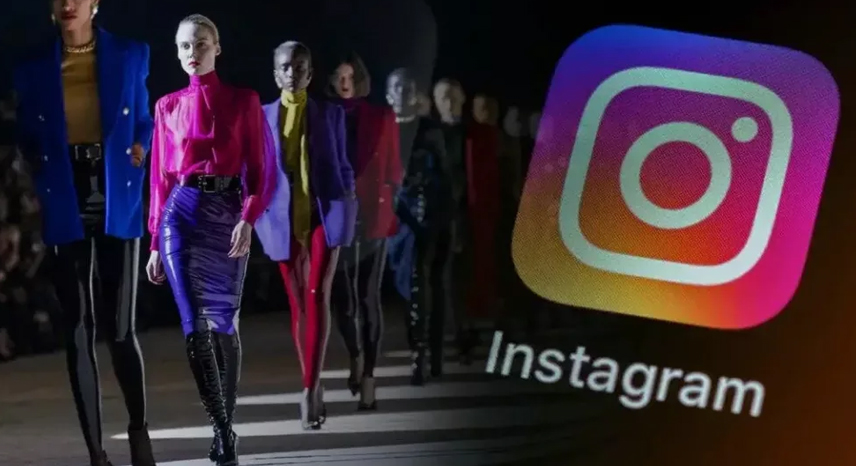How Streaming Devices Have Changed Conventional TV Watching

The history of television is the history of technological innovation, beginning with black-and-white screens and now incorporating HD and digital televisions. But, nothing has dramatically changed how people consume content in the last few years like streaming gadgets. Viewers are no longer stuck to VHS cassettes and specific time slots for their favorite programs. These days, people have immediate access to a considerable collection of live movies, shows, streaming services, and sports channels on the go. The fast expansion of entertainment options has shifted entire industries. The rise of streaming services has led to “cord-cutting,” with subscriptions to cable TV declining at an unprecedented rate. Almost no one could have imagined how most traditional television would be consumed a decade ago. Streaming devices increase accessibility to users at an affordable price while drastically changing how one consumes entertainment. This blog will demonstrate how the devices changed traditional ways of watching television, their benefits, challenges, and future predictions of this ever-changing industry.
Increasing Usage and Demand of Streaming Devices
The popularity of streaming devices has surged in the last 10 years as they are both convenient and inexpensive. Unlike traditional cable TV, which has a bulky monthly subscription fee and requires you to sign a contract, streaming services like Netflix, Hulu, or Disney+ allow you to pay as you go and access content whenever you like. They also provide endless entertainment options. By including Smart TVs, Set-Top Boxes, and Streaming Sticks, these devices are connected to the internet and permit users to stream content directly. With updates like Personalized Recommendations, Voice Search, and Multi-Device support, these devices have transformed TV into a more interactive experience. Furthermore, the fact that contemporary audiences prefer binge-watching entire series highlights how much control viewers have over their entertainment choices.
How Streaming Devices Have Transformed TV Consumption
The convenience with which users can watch their choice of show or movie on demand is the most notable feature of streaming devices. Unlike traditional scheduled TV viewing, where you could only watch a select number of shows in particular time slots during the day, streaming has redefined the concept of choice. The ability to start, pause, or resume watching whenever you like has shifted towards binge-watching seasons over extended weekends. Streaming services leverage sophisticated algorithms to recommend content based on an individual’s unique preferences, including their viewing habits and behavior patterns. This personalized service was non-existent in the days of cable TV, where every household was offered the same programming. Most consumers have expressed the need for more affordability and flexibility in their subscription plans, resulting in them “cutting the cord” and abandoning traditional cable subscriptions. This trend has been even more amplified by the recent introduction of Live TV streaming services, which offer sports, news, and events without the extra equipment of a cable box. One of the most popular benefits of streaming devices is their ability to “break down” geographical restrictions, allowing viewers access to international shows and movies unavailable in their region. This has significantly increased the popularity of foreign language series, promoting cultural exchange through entertainment. Unlike when VCR and TV sets dominated homes, where it was strictly limited to the living room, streaming devices allow for watching on smartphones, tablets, and laptops. This newfound portability grants easier access for all audiences, especially the younger demographic who prefer entertainment on the go.
Challenges Offered by Streaming Devices
These devices give viewers a chance to watch their favorite shows. However, they do pose their challenges: With affordable and flexible payment options available, streaming addicts tend to juggle multiple subscriptions, which ultimately increases their spending. Streaming requires a reliable internet connection, which limits users residing in areas of poor connectivity. Still bound by exclusive licensing deals, some videos and movies are behind specific paywalls, paving the way to over-the-top subscriptions to stream a viewer’s favorite content. While streaming efficiently hosts on-demand content, live sports and award shows still present real-time access and streaming quality complications.
The Future of TV Watching
With technological advancements, investment, and effort, the developing streaming device market is expected to increase significantly. AI suggestions, 4K and 8K streaming capabilities, and virtual reality television are just a few innovations bound to happen in the foreseeable future. Furthermore, the emergence of ad-supported free streaming services will help ease the bold subscription-based model, providing wider audience access. Although traditional television isn't completely disappearing, its significance and presence have dramatically decreased. In the future, we will witness a combination of live television merged with on-demand streaming services, catering to the preferences of different viewers.
These days, people watch television through streaming devices, which enable one-click access and an impressive variety of programs to select from. Transitioning from scheduled broadcasting to on-demand streaming indicates that, as a society, we are moving towards a media-centric society focusing on individual preferences rather than following a one-size-fits-all approach. Despite the obstacles posed by subscription fatigue and the need for the Internet, the advantages outweigh the disadvantages for most consumers. It is evident that with all the advancements in technology, which will enhance streaming services, other forms of entertainment will continue to diminish. One-of-a-kind could best define the world television provides today. Many factors contribute to this; however, the streaming devices are at the center. Whether powered by TV or not, each individual should be prepared for an entirely new world of viewing experience.
post

Lifestyle ≠ 28 October
Fashion and Wellness: How What You Wear Can Affect Your Health

Lifestyle ≠ 28 October
Future of Fashion: Exploring the Role of AI and Virtual Reality in Style

Lifestyle ≠ 28 October
The Intersection of Fashion and Music: Style Influences from Iconic Artists

Lifestyle ≠ 28 October

Lifestyle ≠ 28 October
Previous Post
No Previous blog available.
Next Post
GADGETS AND TECH October 28
Gear That Fuels Remote Life
